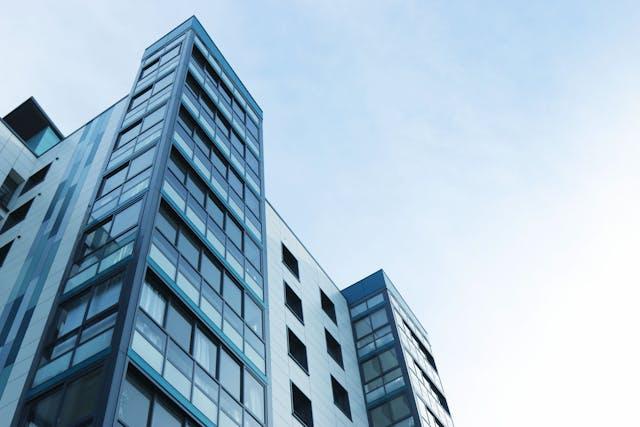Topkapi Palace: The Majestic Heart of the Ottoman Empire

Nestled at the meeting point of the Bosphorus and the Golden Horn in Istanbul, Topkapi Palace stands as a timeless symbol of Ottoman splendor and imperial power. Once the opulent residence of sultans and the political heart of the Ottoman Empire for nearly 400 years, Topkapi Palace is now one of the most visited historical sites in Turkey. With its grand courtyards, lavish rooms, sacred relics, and breathtaking views, the palace offers a unique window into the life and legacy of one of the most powerful empires in history.
A Glimpse Into Ottoman Grandeur
Commissioned by Sultan Mehmed II in 1459, shortly after the conquest of Constantinople, Topkapi Palace served as the administrative center of the Ottoman Empire until the 19th century. For centuries, it was not only the royal residence but also the home of the Imperial Council and the seat of government. Unlike the European palaces built in one go, Topkapi evolved over time. Sultans added new buildings and pavilions across its sprawling grounds, resulting in a layout more like a city within a city.
Spread over 700,000 square meters, the palace complex is divided into four main courtyards and numerous buildings, each with a distinct function and aesthetic.
First Courtyard: The Imperial Gate
Your journey into the palace begins at the Imperial Gate (Bab-ı Hümayun), leading to the First Courtyard, also known as the Court of the Janissaries. Once open to the public, this area included administrative buildings, the Imperial Mint, and the Hagia Irene Church – one of the oldest churches in Istanbul.
Second Courtyard: Ceremonial Grandeur
The Second Courtyard, accessed through the Gate of Salutation, was reserved for official state functions. Here you’ll find the Imperial Council Chamber, where viziers met to discuss matters of state, often with the sultan listening behind a golden grille. Also located here is the palace kitchen complex, which once fed thousands of palace residents and now houses a rich collection of Ottoman porcelain.
Don’t miss the Gate of Felicity, a beautifully adorned entrance that leads to the private domain of the sultan — the Inner Palace.
Third Courtyard: The Sultan’s Private World
The Third Courtyard was the most restricted area, accessible only by the royal family and selected staff. At its heart lies the Audience Chamber, where the sultan would meet with foreign ambassadors and top officials. This courtyard also houses the Palace School (Enderun), which educated the brightest boys of the empire.
The Privy Chamber, one of the oldest buildings in the palace, now showcases the Sacred Relics Room. Here, you’ll find items believed to have belonged to the Prophet Muhammad, including his cloak, sword, and beard hairs. This room is treated with deep reverence and is one of the most spiritually significant parts of the palace.
The Harem: Intrigue and Isolation
Perhaps the most fascinating and mysterious part of Topkapi is the Harem, where the sultan’s mother, wives, concubines, and children lived in luxurious — yet strictly controlled — conditions. Contrary to popular belief, the harem was not a place of unrestrained pleasure, but rather a highly organized institution with its own hierarchy and rules.
The architecture of the Harem is stunning, with its intricate tilework, stained-glass windows, and elaborately decorated chambers. Highlights include the Queen Mother’s apartment, the Courtyard of the Concubines, and the Golden Road, a corridor said to have been sprinkled with coins by the sultan on his visits.
Fourth Courtyard: Tranquil Retreat
The Fourth Courtyard served as the sultan’s private retreat and is home to some of the most beautiful pavilions and gardens in the palace. The Baghdad Pavilion, Iftar Pavilion, and Terrace Mosque offer incredible views over the Bosphorus and are perfect examples of Ottoman architecture blending with nature and luxury.
This section of the palace is more intimate and relaxed, giving insight into the leisure life of the Ottoman elite.
Topkapi Palace Today
In 1924, shortly after the establishment of the Turkish Republic, Topkapi Palace was transformed into a museum by Mustafa Kemal Atatürk. Today, it houses one of the most important collections of Ottoman artifacts in the world — from imperial robes and jewel-encrusted weapons to the legendary Topkapi Dagger and the Spoonmaker’s Diamond, an 86-carat gem that draws thousands of visitors each year.
The palace is also a UNESCO World Heritage Site and is meticulously maintained to preserve its historical and cultural significance.
Tips for Visiting
-
Time your visit: Try to go early in the morning to avoid the crowds, especially during the summer tourist season.
-
Don’t skip the Harem: It requires a separate ticket, but it’s absolutely worth it.
-
Wear comfortable shoes: The grounds are vast, and there’s a lot of walking involved.
-
Take a guided tour: The history and symbolism behind each room are much more meaningful with context.
Final Thoughts
Topkapi Palace is more than just a historical monument; it’s a vivid journey through centuries of imperial power, political intrigue, and artistic achievement. As you wander through its majestic halls and tranquil gardens, you’ll get a sense of the grandeur and complexity of the Ottoman Empire. Whether you're a history buff, a culture lover, or a curious traveler, a visit to Topkapi Palace is an unforgettable experience and an essential part of any trip to Istanbul.








